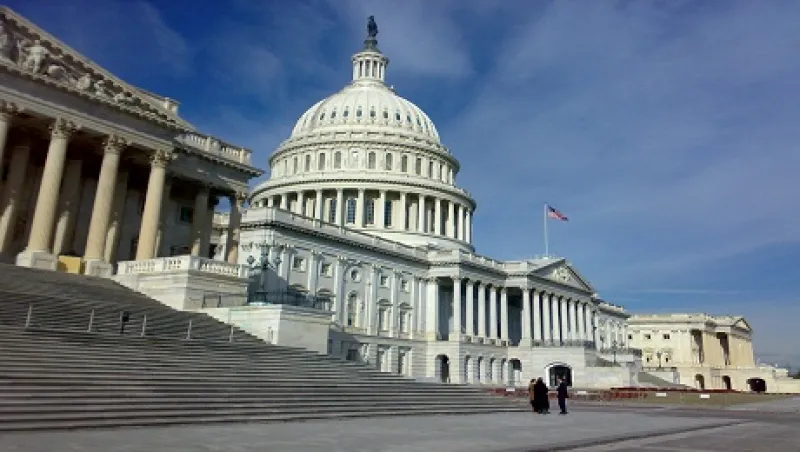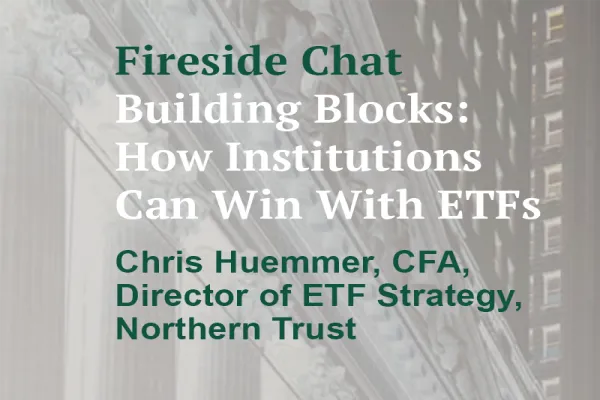With federal budget negotiations over the “fiscal cliff” perceived to pose a serious threat to retirement benefits, an industry lobbying group is rapidly building grassroots support to preserve them.
The Arlington, Virginia–based American Society of Pension Professionals & Actuaries (ASPPA), which represents 11,000 professionals who service 401(k) plans — including plan administrators, consultants, attorneys, actuaries and accountants — has launched a “Save My 401(k)” campaign whose goal is to generate 250,000 email messages from participants in 401(k) plans to their members of Congress over the coming six months, according to Brian Graff, executive director and chief executive officer of ASPPA. The campaign has generated close to 40,000 email messages so far.
“Participants are helping us deliver the message that retirement incentives are important and [members of Congress] need to be very careful if they are thinking of cutting them,” Graff says.
The campaign’s scope appears to be unprecedented in the world of Washington organizations that defend retirement benefits. “Nothing like that has been tried before in the retirement world,” contends Graff.
The target audience for the campaign is large — 70 million plan participants. “We wanted to get regular participants, average Americans, who care about their 401(k)s to express their concerns to their members of Congress,” Graff explains.
ASPPA began considering a grassroots campaign early in the year, as members began to worry that Congress might severely curtail limits on tax-deferred contributions to 401(k) plans in the ongoing and contentious battle over federal budget deficits in Washington.
The current annual limit for individual contributions to 401(k) plans is $17,000, while employees aged 55 and older can make an additional catch-up contribution of $5,500. The overall annual limit for employee contributions plus employer-matching contributions and profit sharing is $50,000.
For maximum impact, the campaign was timed to launch just as talks over the fiscal cliff began to heat up and dominate news coverage. The campaign will be continuing well into next year because ASPPA also wants to influence the debate over the potential course of broad tax reform efforts that many now expect in the new Congress.
Over the last year leaders within the 401(k) service industry and ASPPA began to put together the details of how a campaign might work, taking cues from President Obama’s use of social networks in his reelection campaign.
“Our thinking was, frankly, to some degree piggybacking on the success of the Obama campaign,” Graff explains. That campaign showed, he explains, that “leveraging the power of social media would be a much more effective way of getting the messaging across than the typical TV commercial on a Sunday talk show.”
Why was it important to take the campaign to the public at all? Why not rely on lobbying and campaign donations? “Our industry is fairly small relative to other industries” and needs to find a way to expand its modest presence, explains ASPPA president Barry Levy, who is also president of Levy & Associates, a plan administrator based in Fort Lauderdale, Florida.
By contrast, Levy adds, “lobbying groups for other industries, such as home builders and mortgage companies, can have thousands of people on the Hill” in opposition to restrictions on the deductibility of mortgage interest.
Compilations of lobbying dollars bear out this worry. While ASPPA spent $237,904 so far this year lobbying, the National Association of Realtors spent $25.9 million, making them second only to the U.S. Chamber of Commerce at $95.6 million, according to the Center for Responsive Politics. And the National Association of Home Builders spent $2.01 million.
In the battle over which tax preferences may be reduced or eliminated, ASPPA is worried that the defenders of other preferences in the tax code would have a stronger presence in Washington than the defenders of tax deferral limits for the 401(k). Further, the whole category of tax expenditures for employer-sponsored retirement plans represents a very large target of $147 billion a year, based on estimates by the Joint Tax Committee in Congress. Tax expenditures are calculations of lost tax revenues from income deductions and deferrals, as well as the exclusion from income of designated expense categories.
Based on the past, ASPPA has cause to worry. In 1986, when all the horse-trading over tax preferences was done to make it possible to lower the overall tax rate, the limits on deductions for 401(k) plans took a 70 percent hit.
“The industry was caught flatfooted in the tax reform in 1986,” recalls Levy. “There was very little advocacy for the pension system. A lot of benefits were severely curtailed,” he adds. “We did not want to see that happen again during this round.”
The campaign scored major media coverage on its November 26 launch date, when Reuters ran a story early that morning by Jessica Toonkel titled “U.S. 401(k) Servicing Industry Sounds Alarm over Tax Changes.” In the afternoon CNN News Room ran a segment by Alison Kosik who reported on the possibility that lower contribution limits would lead employers, especially smaller businesses, to drop their plans. Politico also ran a story on the campaign on the launch date.
Coverage has since also appeared in such press outlets as CBS-affiliate WUSA-TV in Washington, D.C., USA Today (which owns WUSA), CNBC’s Closing Bell, Time, Bloomberg Radio, Bloomberg Business Week and the Wall Street Journal and its online affiliate Market Watch.
This initial coverage has driven potential grassroots activists to a dedicated website (savemy401k.com) with this banner: “Tell Congress to keep their hands off your RETIREMENT SAVINGS!” In addition, the campaign maximizes its social media presence with a Facebook page (Save My 401k), a LinkedIn group (Save My 401k) and Twitter feeds (#savemy401k and #ProtectMyPiggy).
ASSPA is also enlisting the help of its member firms to send out Save My 401(k) materials to their clients so they can, if they wish, make the materials available to their employees.
CPI Qualified Plan Consultants, of Great Bend, Kansas, is a plan recordkeeper that has taken up the cause. “We feel this is the first time we’ve seen a real threat to the retirement plan accounts of employees,” says Jon Prescott, president of CPI.
CPI keeps records for 8,700 corporate plans with half a million participants holding $15 billion in their retirement accounts, according to Prescott.
Last week CPI sent out an email communication to all its clients informing them of the Save My 401(k) campaign and providing them with links and materials they could forward to their employees.
Prescott is pleased with what he’s hearing from his clients, who report they are forwarding the materials on to their employees. “The employer response has been strong: ‘Wow, thanks for letting me know. Thanks for making it so easy to communicate with Congress,’” he says.
CPI plans to send another mass mailing to its clients next week “as a reminder,” says Prescott, followed by a mailing in late January or early February.
“This threat is not going away,” he says. “I understand where Congress is coming from. They are looking for sources of revenue,” he adds.
Prescott urges Congress to keep in mind that as it looks for ways to raise revenue, it should keep in mind that the tax deferral treatment for contributions to 401(k) plans will provide revenues in the future that could otherwise be lost, while also increasing retirement saving. “We need a long-term view and not a short-term view” in Washington, he says.
Staunton Steam Laundry of Staunton, Virginia, a client of Levy & Associates, is one of the small employers that volunteered to inform its employees of the Save My 401(k) campaign. The company, founded in 1912, is today primarily a provider of uniform and linen rentals, while also still maintaining a small laundry and dry cleaning business.
The company is posting flyers on the campaign, as well as sending information by email to employees, according to the company’s president and chief executive officer Lee Ann Beam. “We will remind employees of the importance we place on their participating in the 401(k) so they can enhance their own retirement,” using the campaign to remind employees to participate in the plan or raise the share of pay they contribute. The company will also tell employees about the campaign in their next monthly meeting.
Fifty-two of Staunton Steam Laundry’s 74 full-time and part-time workers eligible to participate are participating in the company’s 401(k), a high response in an hourly workforce earning $10 to $11 an hour. The company matches dollar-for-dollar the first 5 percent of income, according to Beam. Some hourly employees contribute beyond the amount needed to earn a match.
To be sure, ASPPA is not relying entirely on its grassroots campaign and continues its traditional lobbying to plead with members of Congress to do everything they can to keep in place the current limits on tax deferral. “I haven’t had anyone say ‘no’ yet,” says Graff.






